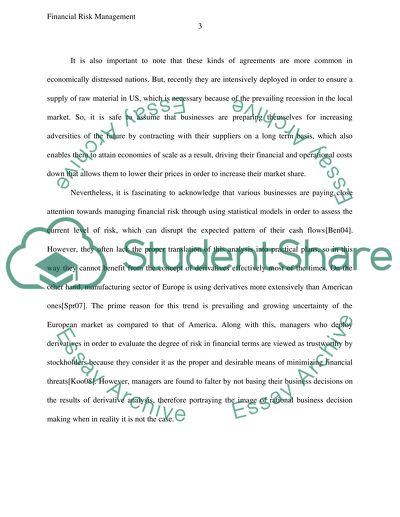Cite this document
(“Use of Derivatives in Risk Management Term Paper”, n.d.)
Use of Derivatives in Risk Management Term Paper. Retrieved from https://studentshare.org/finance-accounting/1459189-use-of-derivatives-in-risk-management
Use of Derivatives in Risk Management Term Paper. Retrieved from https://studentshare.org/finance-accounting/1459189-use-of-derivatives-in-risk-management
(Use of Derivatives in Risk Management Term Paper)
Use of Derivatives in Risk Management Term Paper. https://studentshare.org/finance-accounting/1459189-use-of-derivatives-in-risk-management.
Use of Derivatives in Risk Management Term Paper. https://studentshare.org/finance-accounting/1459189-use-of-derivatives-in-risk-management.
“Use of Derivatives in Risk Management Term Paper”, n.d. https://studentshare.org/finance-accounting/1459189-use-of-derivatives-in-risk-management.


